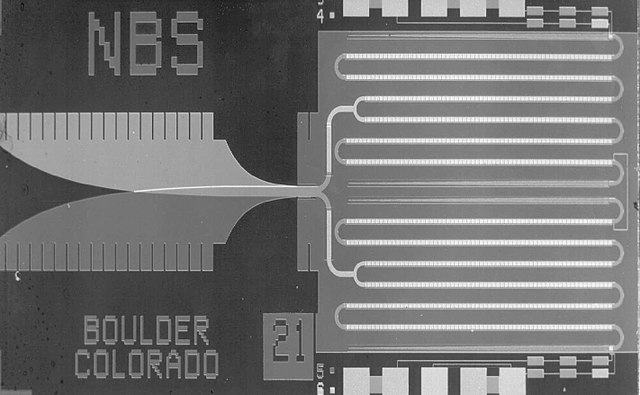Josephson Junctions: The Building Blocks of Superconducting Quantum Devices
What are Josephson Junctions?
Josephson junctions are quantum mechanical devices consisting of two superconductors separated by a thin insulating barrier. They are named after Brian Josephson, who predicted their unique properties in 1962. Josephson junctions exhibit the Josephson effect, where a supercurrent can flow between the two superconductors without any applied voltage. These devices have become crucial components in various applications, including superconducting quantum interference devices (SQUIDs), quantum computing, and precision measurements.

Josephson Effect
The Josephson effect is a quantum mechanical phenomenon that occurs in Josephson junctions. It has two main manifestations:
- DC Josephson Effect: In the absence of an applied voltage, a supercurrent can flow through the insulating barrier between the two superconductors. This supercurrent is a result of the quantum tunneling of Cooper pairs, which are pairs of electrons bound together in the superconducting state.
- AC Josephson Effect: When a voltage is applied across the Josephson junction, the supercurrent oscillates with a frequency proportional to the applied voltage. This relationship is given by the Josephson equation: f = 2eV/h, where f is the frequency, V is the applied voltage, e is the electron charge, and h is Planck's constant.
Types of Josephson Junctions
There are several types of Josephson junctions, each with different characteristics and fabrication methods:
- SIS Junctions: Superconductor-Insulator-Superconductor (SIS) junctions are the most common type of Josephson junctions. They consist of two superconducting electrodes separated by a thin insulating layer, typically an oxide material such as aluminum oxide.
- SNS Junctions: Superconductor-Normal Metal-Superconductor (SNS) junctions have a normal metal layer sandwiched between two superconducting electrodes. The thickness of the normal metal layer determines the coupling strength between the superconductors.
- SFS Junctions: Superconductor-Ferromagnet-Superconductor (SFS) junctions incorporate a ferromagnetic layer between the superconducting electrodes. The presence of the ferromagnetic layer can lead to interesting effects, such as the oscillation of the supercurrent with the thickness of the ferromagnetic layer.
Applications of Josephson Junctions
Josephson junctions have found numerous applications in various fields, leveraging their unique quantum properties:
SQUIDs
Superconducting Quantum Interference Devices (SQUIDs) are highly sensitive magnetometers that utilize Josephson junctions. SQUIDs consist of a superconducting loop with one or two Josephson junctions and can detect extremely small magnetic fields. They are used in various applications, including biomedical imaging, geophysical exploration, and precision measurements.
Quantum Computing
Josephson junctions are the building blocks of superconducting qubits, which are the fundamental units of information in superconducting quantum computers. Superconducting qubits, such as flux qubits and charge qubits, rely on the quantum states of Josephson junctions to perform quantum operations. Josephson junctions enable the manipulation and readout of these qubits, making them essential components in the development of scalable quantum computing systems.
Voltage Standards
The AC Josephson effect provides a precise relationship between frequency and voltage, making Josephson junctions ideal for establishing voltage standards. Josephson voltage standards are used to calibrate and maintain the accuracy of voltage measurements worldwide. These standards are based on arrays of Josephson junctions that generate highly stable and reproducible voltages.
Challenges and Future Perspectives
Despite the significant progress in Josephson junction technology, several challenges remain. One of the main challenges is the fabrication of high-quality Josephson junctions with precise control over their properties. The development of advanced fabrication techniques, such as atomic layer deposition and molecular beam epitaxy, is crucial for realizing reliable and scalable Josephson junction devices.
Future research in Josephson junctions will focus on the development of novel materials and architectures to enhance their performance and functionality. The exploration of unconventional superconductors, such as high-temperature superconductors and topological superconductors, may lead to new types of Josephson junctions with unique properties. Additionally, the integration of Josephson junctions with other quantum technologies, such as quantum sensing and quantum communication, will be a key area of investigation.
Further Reading
Journal of Superconductivity and Novel Magnetism, Introduction: the Josephson Effect and Its Role in Physics
